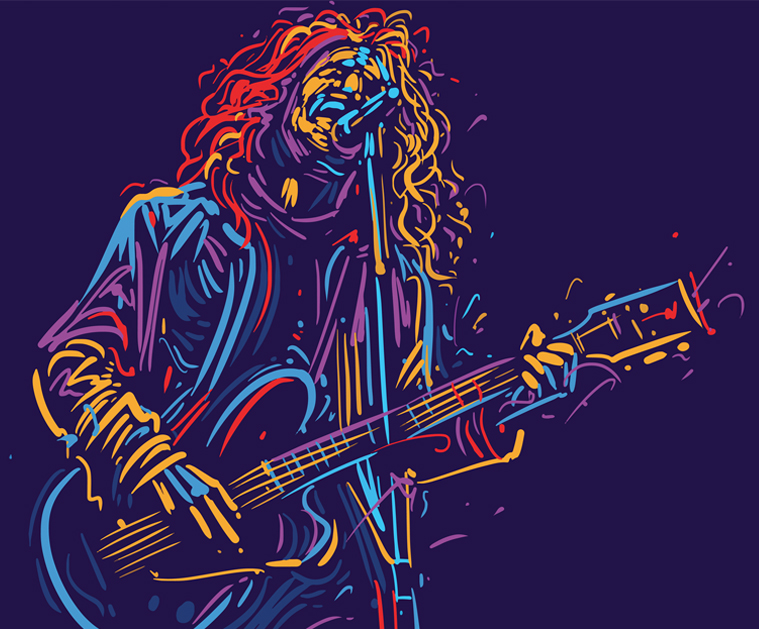Art and creativity form an essential part of human culture and individual expression. As diverse as our species, art has been an ever-present facet of human life, shaping societies and expressing our intrinsic creativity.
By understanding how art affects the brain, we can better appreciate its profound impacts on our lives.
The Science of Art and the Brain
The Brain’s Reaction to Art
When we encounter a piece of art, our brains embark on a complex journey of perception and interpretation. This process involves several key regions:
- The Visual Cortex: This region at the back of our brain processes visual details, extracting color, movement, and shape from what we see.
- The Frontal Lobe: Integral to our conscious thought, this area helps us understand and attribute meaning to art by linking visual information to our existing knowledge and experiences.
- The Amygdala: This almond-shaped structure plays a vital role in emotional processing, allowing us to connect with art on a deeply emotional level.
Moreover, art stimulates our brain’s pleasure centers, releasing dopamine, the so-called “feel-good hormone,” making art a genuinely joyous experience.
The Neuroscience of Creativity
Creating art is as fascinating as appreciating it. When we engage in creative activities, our brains enter a unique state. The Default Mode Network (DMN), associated with mind-wandering and daydreaming, becomes highly active. This network allows us to generate new ideas by connecting disparate concepts, a process central to creativity.
Art also triggers a response in our brain’s reward system. The act of creating stimulates dopamine production, providing us with a sense of pleasure and motivation to continue our artistic endeavor.
Art and Emotional Health
Art as Therapy
Art is more than just a pleasant activity; it’s a powerful therapeutic tool. Art therapy allows individuals to express their feelings non-verbally, making it an effective way of exploring emotions and experiences that are difficult to put into words.
The therapeutic benefits of art include:
- Stress reduction: Art can serve as a form of meditation, helping to lower stress levels and promote relaxation.
- Self-awareness: Through creating art, individuals can gain insights into their thoughts, feelings, and experiences, fostering a greater sense of self-understanding.
- Social skills: Group art activities can improve social interactions and cooperation.
Art and Mental Health
Research shows that engaging with art can have profound effects on mental health. It can serve as a valuable tool for reducing anxiety and depression, contributing to overall emotional well-being. By offering a means of expression and a source of pleasure, art can significantly enhance our mood and outlook on life.
Art and Cognitive Abilities
Art and Brain Plasticity
Art doesn’t just touch our hearts; it shapes our brains. The process of creating and appreciating art promotes brain plasticity, the brain’s ability to form and reorganize synaptic connections. This promotes cognitive flexibility and problem-solving skills, key attributes in our fast-paced, ever-changing world.
Moreover, several studies have shown that art can enhance performance in other academic areas, suggesting that the skills gained from art can transfer to other domains.
Art and Child Development
Art plays a critical role in child development, contributing to cognitive, emotional, and social growth. It can enhance children’s learning abilities, helping them develop skills that are essential in other academic areas, including:
- Motor Skills: Activities like drawing and sculpting can improve fine motor skills.
- Language Development: Talking about art can enhance children’s vocabulary and communication skills.
- Decision Making: Art encourages children to make choices and solve problems, fostering their decision-making skills.
Given the broad benefits, it’s clear that art education should be a vital part of any school curriculum.
Conclusion
Art’s influence on the brain extends beyond mere pleasure; it impacts our emotions, cognitive abilities, and even our mental health. Whether we’re creating or appreciating it, art allows us to explore our thoughts, express our feelings, and connect with the world in meaningful ways.
By understanding how art affects the brain, we can truly unlock our creativity and reap the benefits that art brings to our lives. It’s a call to action for us all: to integrate art into our daily routines, engage with it wholeheartedly, and, in turn, open the door to our own potential.
Whether you are an artist, an art appreciator, or someone just discovering the world of art, remember that every brushstroke, every note, every movement is a step towards enriching your brain and nourishing your soul. After all, in the grand tapestry of human existence, we are all creators, weaving our stories through the timeless and transformative power of art.
If you’re interested in harnessing the power of art, be sure to check out the many classes East End Arts has to offer in our Arts & Music School.






